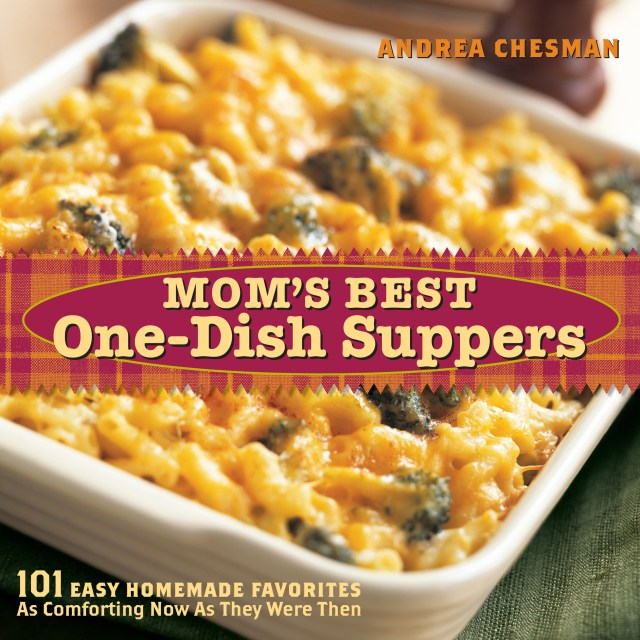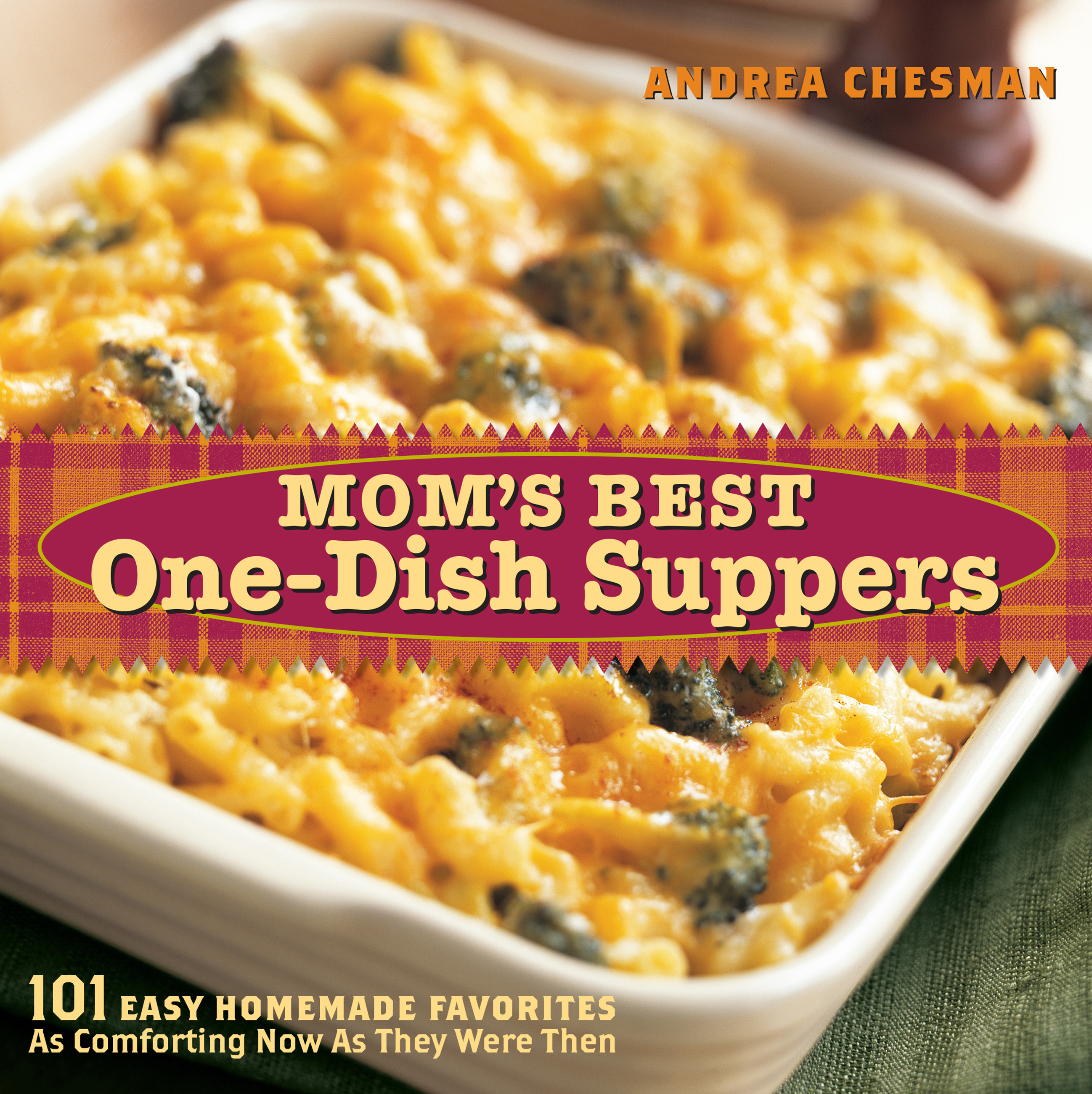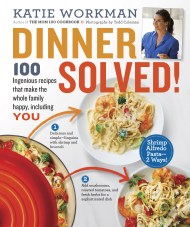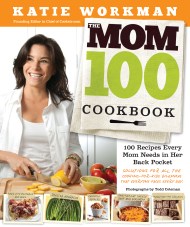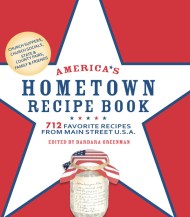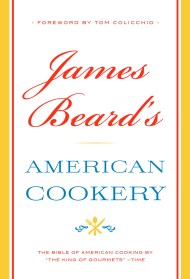Promotion
Use code MOM24 for 20% off site wide + free shipping over $45
Mom's Best One-Dish Suppers
101 Easy Homemade Favorites, as Comforting Now as They Were Then
Contributors
Formats and Prices
Price
$9.99Price
$12.99 CADFormat
Format:
ebook (Digital original) $9.99 $12.99 CADThis item is a preorder. Your payment method will be charged immediately, and the product is expected to ship on or around April 18, 2014. This date is subject to change due to shipping delays beyond our control.
Also available from:
Serve up homemade dinners the whole family will love — without spending hours in the kitchen! Showcasing the versatility of Dutch ovens, skillets, and casserole pans, Andrea Chesman offers recipes for more than 100 delicious meals that can be made in a single pot. From classics like Split Pea Soup, Chili Mac, and Chicken Potpie to the more adventurous Cajun Macque Choux, Pad Thai, and Shrimp Salad with Soy-Chili Vinaigrette, Chesman fills this book with easy-to-make dishes that fit the schedule of even the busiest home cook.
Genre:
- On Sale
- Apr 18, 2014
- Page Count
- 208 pages
- Publisher
- Storey
- ISBN-13
- 9781603422079
Newsletter Signup
By clicking ‘Sign Up,’ I acknowledge that I have read and agree to Hachette Book Group’s Privacy Policy and Terms of Use
